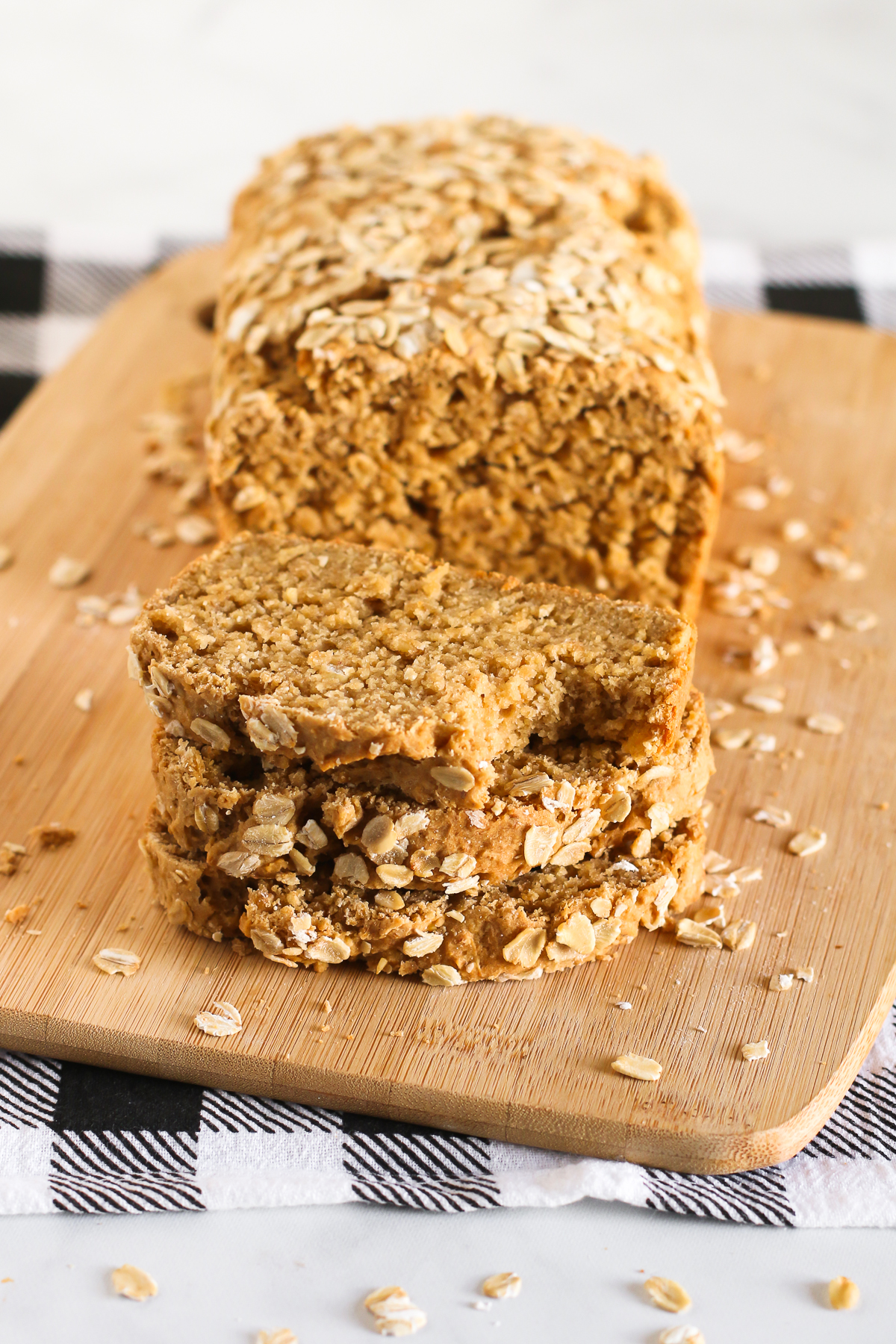


Eating gluten-free at home and in restaurantsįor people with celiac disease, in particular, it's important to avoid exposure to gluten. Dietary supplements that contain wheat gluten must have "wheat" stated on the label. Talk to your doctor or pharmacist about the drugs you're taking. Prescription and over-the-counter medications may use wheat gluten as a binding agent. Seasoned snack foods, such as potato and tortilla chips.Malt, malt flavoring and other malt products (barley).Beer, ale, porter, stout (usually contain barley).

In general, avoid the following foods unless they're labeled as gluten-free or made with corn, rice, soy or other gluten-free grain: It's important to read labels of processed foods to determine if they contain wheat, as well as barley and rye. Also, wheat or wheat gluten is added as a thickening or binding agent, flavoring, or coloring. In addition to foods in which wheat, barley and rye are likely ingredients, these grains are standard ingredients in a number of other products. Processed foods that often contain gluten These beverages may not be labeled gluten-free. However, the label must state that gluten content cannot be determined and the beverage may contain some gluten. Food with a gluten-containing ingredient that has been processed to remove glutenĪlcoholic beverages made from naturally gluten-free ingredients, such as grapes or juniper berries, can be labeled gluten-free.Īn alcoholic beverage made from a gluten-containing grain (wheat, barley, rye and hybrid grains such as triticale) can carry a label stating the beverage was "processed," "treated" or "crafted" to remove gluten.Food that has not been cross-contaminated with gluten-containing ingredients during production.A prepared food that doesn't have a gluten-containing ingredient.Food and Drug Administration rules, must have fewer than 20 parts per million of gluten. Foods that contain wheat, barley, rye or triticale - or an ingredient derived from them - must be labeled with the name of the grain in the label's content list.įoods that are labeled gluten-free, according to the U.S. When you are buying processed foods, you need to read labels to determine if they contain gluten. Semolina, the part of milled wheat used in pasta and couscous.Self-rising flour, also called phosphate flour.Graham flour, a course whole-wheat flour.Farina, milled wheat usually used in hot cereals.Enriched flour with added vitamins and minerals.Wheat flours have different names based on how the wheat is milled or the flour is processed. There are different varieties of wheat, all of which contain wheat gluten: Some people with celiac disease, however, cannot tolerate the gluten-free-labeled oats. Oats and oat products labeled gluten-free have not been cross-contaminated. While oats are naturally gluten-free, they may be contaminated during production with wheat, barley or rye. Triticale - a cross between wheat and rye.Gluten-free flours - rice, soy, corn, potato and bean floursĪvoid all foods and drinks containing the following:.Corn - cornmeal, grits and polenta labeled gluten-free.Grains, starches or flours that can be part of a gluten-free diet include: The immune system creates an antibody to the protein, prompting an immune system response that may result in congestion, breathing difficulties and other symptoms. Wheat allergy, like other food allergies, is the result of the immune system mistaking gluten or some other protein found in wheat as a disease-causing agent, such as a virus or bacterium.Gluten ataxia, an autoimmune disorder, affects certain nerve tissues and causes problems with muscle control and voluntary muscle movement.Studies show that the immune system plays a role, but the process isn't well understood. Non-celiac gluten sensitivity causes some signs and symptoms associated with celiac disease - including abdominal pain, bloating, diarrhea, constipation, "foggy brain," rash or headache - even though there is no damage to the tissues of the small intestine.Celiac disease is an autoimmune disorder. Over time this damage prevents the absorption of nutrients from food. Celiac disease is a condition in which gluten triggers immune system activity that damages the lining of the small intestine.


 0 kommentar(er)
0 kommentar(er)
